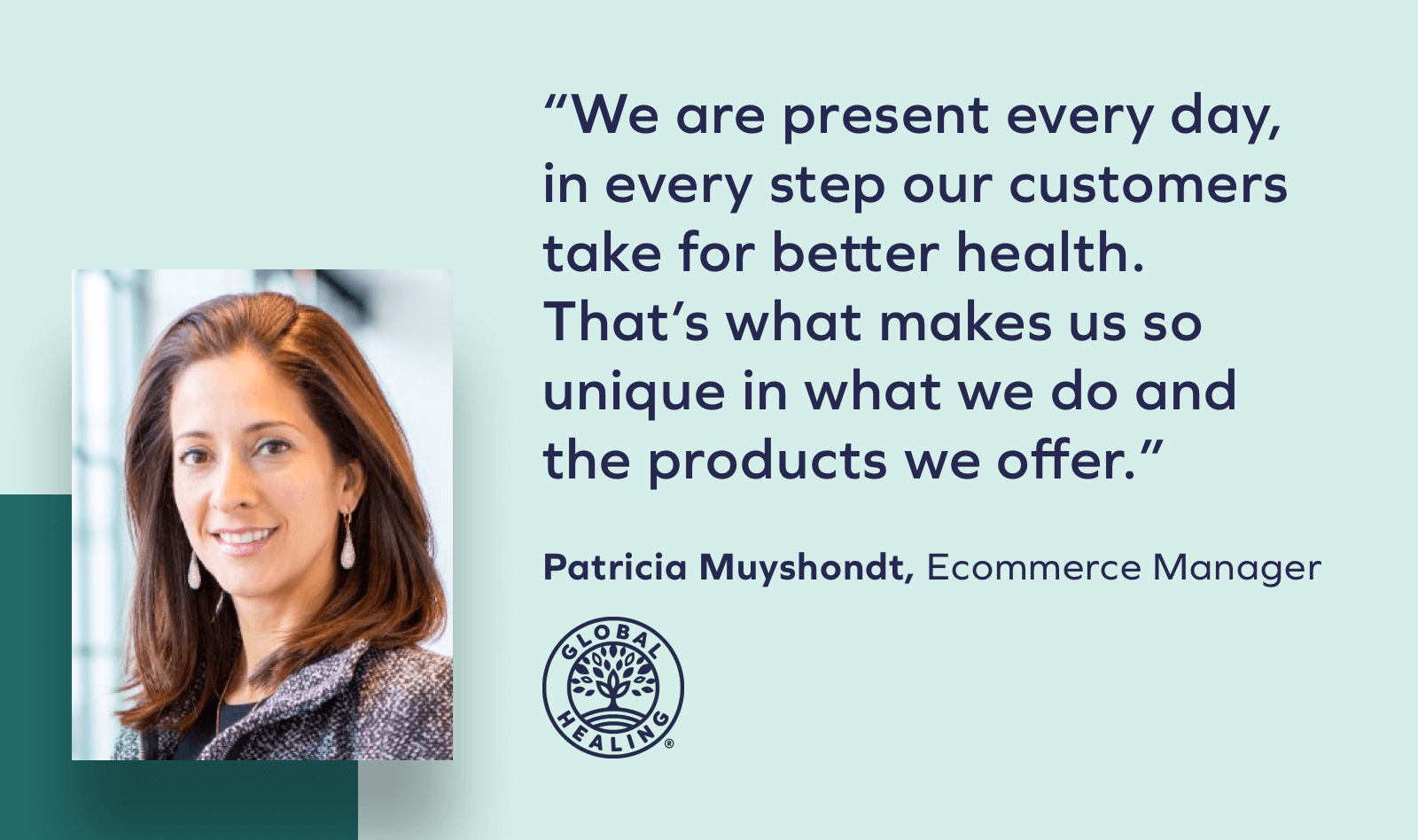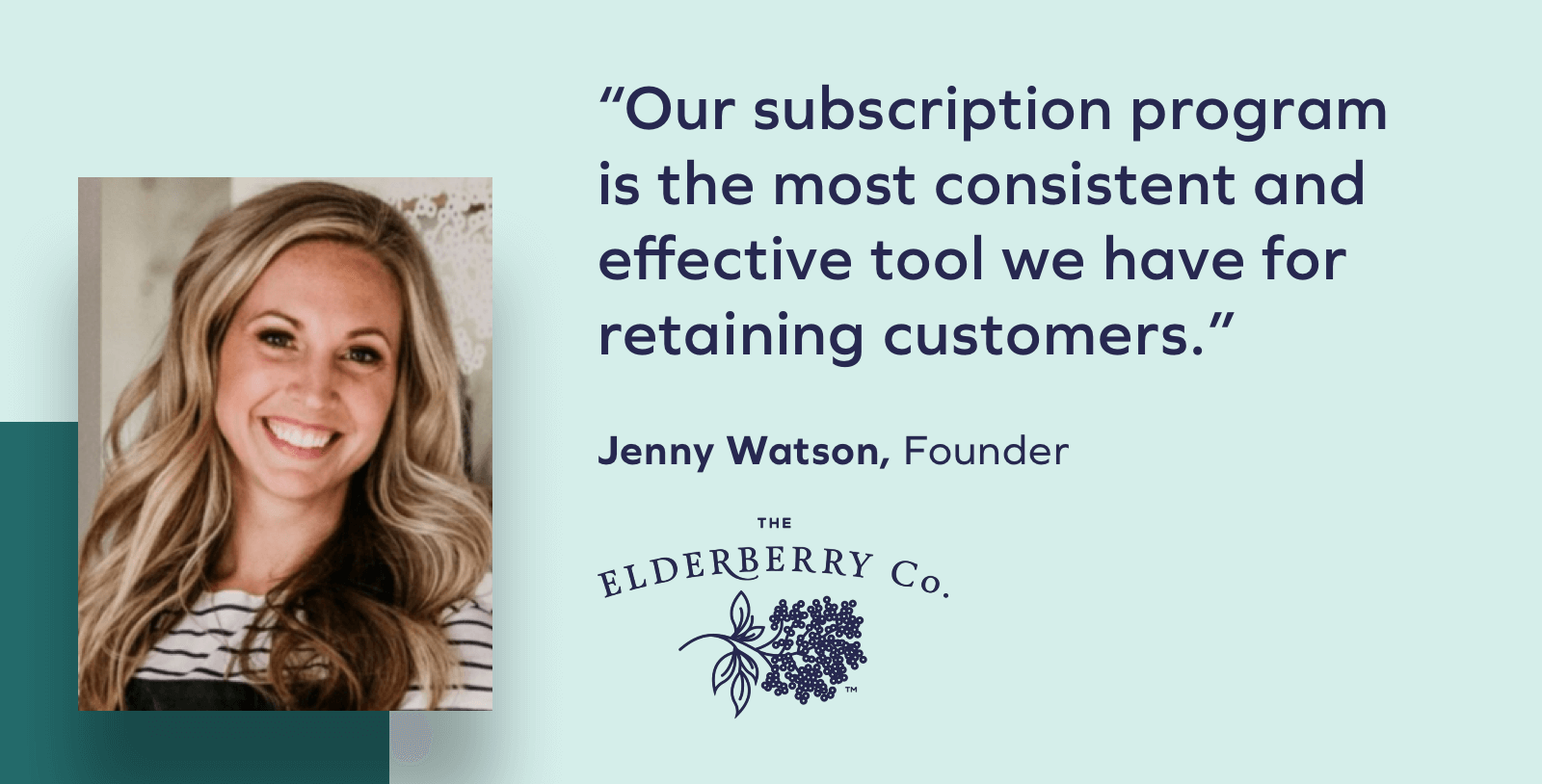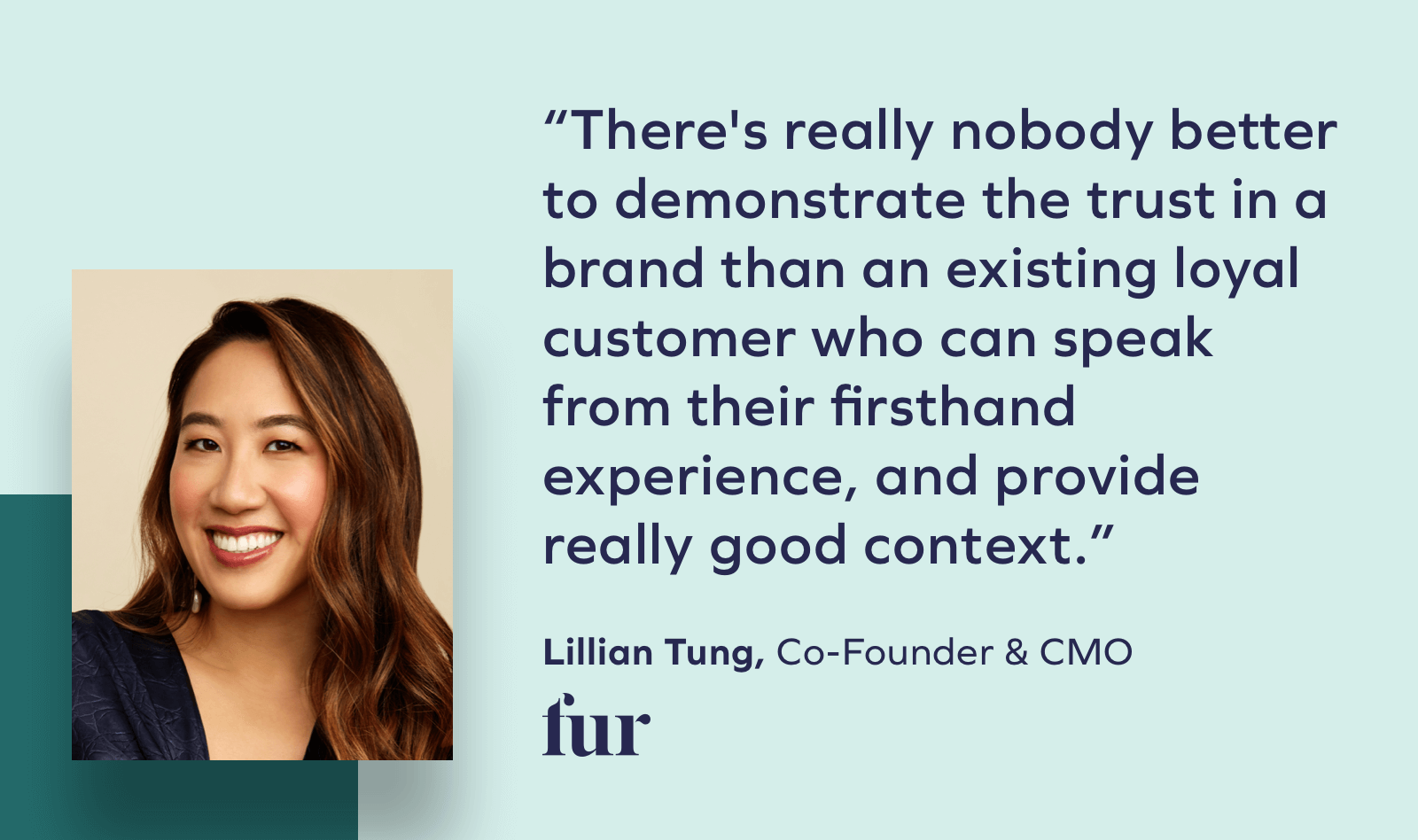We’ve all heard the saying health is wealth, but when you’re running an eCommerce brand in the health and wellness industry, that saying takes on so much more meaning. This booming vertical is expected to reach over $7 billion by 2030. With so much opportunity, how can you make sure your brand is reaching its full potential?
We sat down with three Yotpo brands, Fur, The Elderberry Co., and Global Healing to discuss what it takes to thrive in the health and wellness space. Here is what we took away from the conversation.
What makes the health + wellness vertical so unique?
The health and wellness space is different from other verticals in that the products are truly part of customers’ daily lives. Unlike food and beverages, where preferences change regularly, once a customer finds the perfect vitamin or skin care product, they’re usually committed for the long haul.

Patricia Muyshondt, eCommerce Manager of Global Healing reminds us how people know it’s in their best interest to take care of themselves, and it is something that requires them to be consistent. Brands in the health and wellness vertical also know that purchases aren’t going to increase around major holidays and that their customers are focused on finding companies and products that satisfy and/or anticipate their needs.
The Elderberry Co. founder, Jenny Watson follows up with her take, stating, “I think customers are beginning to question brand authenticity and it opens a window of opportunity for us to stand out in the crowd and not be another business trying to make a dime off of someone’s health and wellness.”
What are some of the challenges health and wellness brands face in eCommerce?
Seasonality is something The Elderberry Co. sees as a challenge as their products are usually more popular during cold and flu season. This means that Jenny and her team have to find other ways to add value to their customers’ lives.
“I don’t want to come out with stuff just to stay consistent throughout the year. I want to be able to address other problems that my customers are having with their health and wellness and give them solutions that work for them and their families.” – Jenny Watson
The core of Global Health’s philosophy is to help people, so, in a similar vein, they don’t want to put new products out just because they can. Instead, they focus on customer education and content to help their customers understand the different ways they can naturally take care of themselves.
What tools are you using to help with your retention efforts?
In the spirit of keeping things simple for your customers, The Elderberry Co. created a simple, streamlined subscription program so their customers can set it and forget it. Due to the replenishment nature of the product, a subscription is one of the best ways for the brand to retain its customers while also encouraging product usage.

Global Healing likes to utilize its loyalty program alongside subscriptions to grow both programs. They incentivize their customers by offering double the points on subscription orders. They also give their customers the option to redeem points on their subscription deliveries.
This interconnected approach creates a great experience for the customer, strengthening brand affinity. Patricia reports Global Healing’s returning customer percentage is about 80%.
What kinds of challenges have you been able to overcome with your loyalty program?
It’s really important for customers who come to the site to understand what they’re buying. This is where loyalty programs can lend a hand, for example, reward points for writing reviews. This creates educational content for new customers, helping to overcome the hurdle of educating and building trust.

In addition, we all know customer acquisition is a real challenge these days. A loyalty program gives brands access to first-party data and allows them to really customize the customer’s experience.
The TL;DR
- Seasonal health and wellness brands face unique challenges with maintaining consistent revenue streams and adding value to their customers’ lives beyond their busy seasons.
- Providing educational content and information on the product benefits is just as important as developing the products themselves in the health and wellness industry. Educating customers can help build trust and loyalty.
- A subscription program is an effective tool to retain customers. Customers want an easy and streamlined process, and a subscription program can provide that.
- Loyalty programs that are linked to subscriptions can significantly improve customer retention rates. Customers are incentivized to subscribe and purchase more frequently, increasing their lifetime value.
- Integrating different tools such as email, SMS, loyalty programs, and subscriptions can help create a cohesive and effective retention strategy.
In order for brands to be able to create great experiences for their shoppers, their tech stack needs to be connected and optimized, regardless of their vertical. If you’re looking for more information on how to connect your tech stack please reach out to one of our experts!



